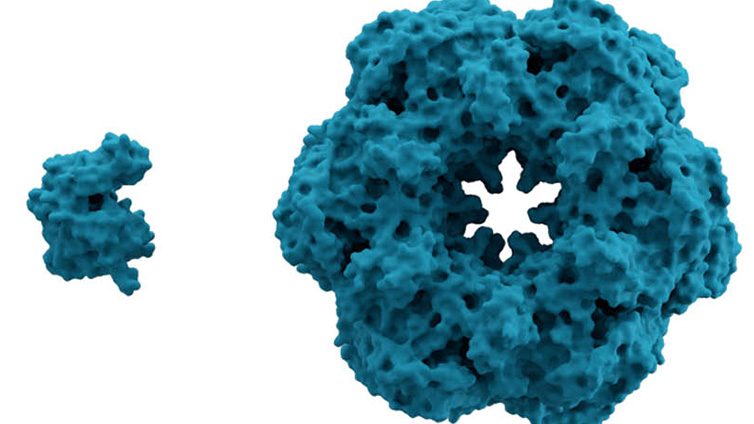Complexity of Life on Earth
Teacher Resources
Driving Question: How did complexity increase as life on Earth emerged?
For about the first billion years, Earth was a fiery ball of lava—much too hot for anything to live. But about 3.8 billion years ago, things changed. The Earth cooled and life emerged and evolved.
Learning Objectives:
- Describe how life on Earth changed over time.
- Explain the differences between life and nonlife.
- Investigate how complexity increased as life evolved on Earth.
Vocab Terms:
- DNA
- energy
- life
- metabolism
- reproduction
- RNA
- self-maintenance
Opener: Complexity of Life on Earth
To teach this lesson step, refer to page 2 of the Lesson 3.1 Teaching Guide.
Our Openers and Closers Guide provides more information about these short activities at the beginning and end of each lesson.
You’re alive and you’re here on Earth, which makes you part of a proud 3.5-billion-year tradition. It’s time to learn about your very distant relatives.
Life on Earth
To teach this lesson step, refer to page 3 of the Lesson 3.1 Teaching Guide.
Looking for more ideas about how to teach historical comics? Check out OER Project’s Graphic Biographies Guide for ideas.
Fish didn’t become fish overnight! This next comic and activity show you how Earth’s earliest inhabitants began to evolve.
Threshold 5: Life on Earth
To teach this lesson step, refer to page 4 of the Lesson 3.1 Teaching Guide.
There are still some mysteries surrounding how life first appeared—watch this video and fill out the Threshold 5 card to do some investigating!
Life and Nonlife
To teach this lesson step, refer to page 4 of the Lesson 3.1 Teaching Guide.
OER Project’s Reading Overview provides valuable insight into why literacy practices are vital to success in social studies.
What does it mean to be alive? What’s the difference between something that’s alive and something that isn’t? You’re about to get some useful answers to questions you may have never thought of asking.
-
Guiding Questions
-
Before you read
Preview the questions below, and then skim the article. Be sure to look at the section headings and any images.
While you read
Look for answers to these questions:
- Why is self-generation an important characteristic of living organisms?
- How is self-maintenance different for plants and animals?
- What is a genome?
- What are the pros and cons of genetic mutations?
- How does purpose (having goals) distinguish life from nonlife?
After you read
Respond to this question: What are two similarities and two differences between life and nonlife?
Closer: Complexity of Life on Earth
To teach this lesson step, refer to page 6 of the Lesson 3.1 Teaching Guide.
Check out this conversation in the OER Project community for some fun twists to add to this closer.
Your DNA is an index of all the unique things that make you...well, you. But did you know you share a lot of your DNA with many different organisms on Earth? Get ready to discover some surprising connections!





